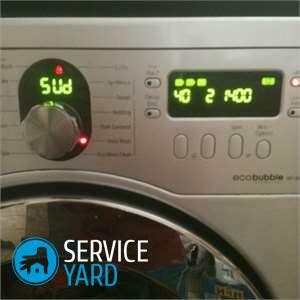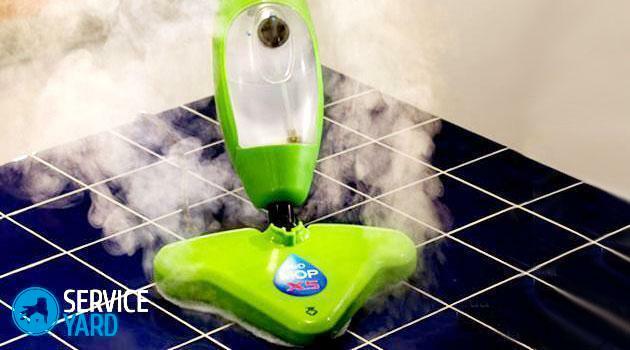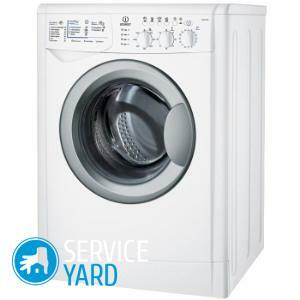In order to always have a favorable microclimate in the house, in addition to creating high-quality ventilation, you need to think about external insulation of the facade. This solution will allow you to keep warm in winter and save on heating, and in summer - to maintain a comfortable temperature, preventing excessive heating of the air inside the room. There are several facade insulation systems and it can be difficult to choose which one is better and more suitable for your home. In today's HouseChief review, we will look at what insulation gives, what materials are used for this and their features.
Read in the article
- 1 The need for external insulation of building facades
- 1.1 Preventing condensation
- 1.2 Temperature normalization
- 1.3 Reducing the negative impact of the external environment
- 1.4 Exterior of the facades
- 1.5 Noise isolation
- 1.6 Duration of operation
- 2 Classification of facade systems by installation method and insulation
- 2.1 Ventilated or hinged facade
- 2.2 PHOTO: nfasad.com "Wet" facade insulation system
- 2.2.1 Materials and features of "wet" mounting
- 2.3 Facade thermal panels and the advantage of using
- 3 PHOTO: i.beltermopanel.ru A few words at the end
The need for external insulation of building facades
In accordance with SNiP 23-101-2004, the walls of high-rise buildings must be insulated from the outside, although there is no categorical prohibition. The only exceptions are houses with intricately decorated facades and included in the list of architectural monuments and historical sites.
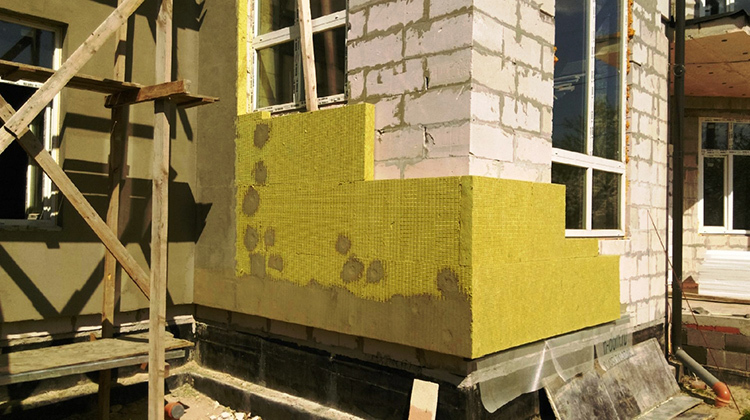
However, before proceeding with external wall insulation, you need to consider all the advantages and disadvantages of such a solution.
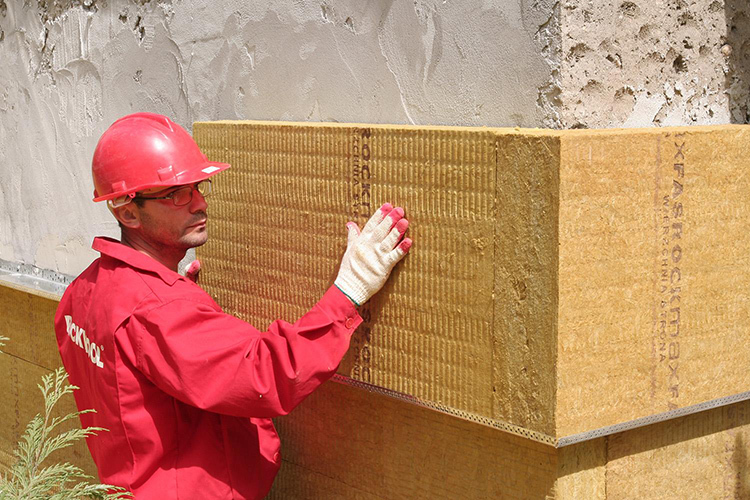
Preventing condensation
In late autumn and winter, when the air temperature drops below zero degrees, condensation forms on the walls in non-insulated houses. It appears due to the temperature difference outside and inside the building. If the insulation is installed indoors, the resulting moisture will remain between the wall and the insulating material, which, in turn, will cause mold and mildew to appear. The use of external systems for facade insulation helps to effectively solve this problem.
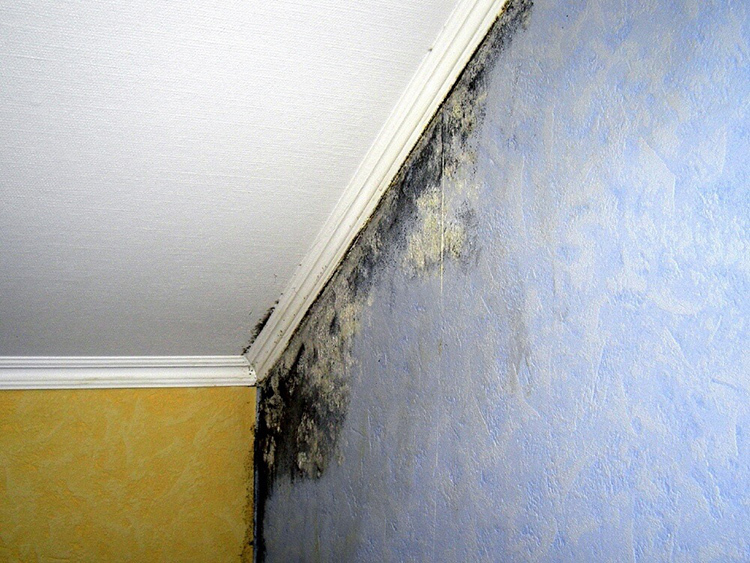
Temperature normalization
Another problem of our homes is "cold bridges". With external insulation of the facade, the temperature from the radiators of the heating system will be accumulated by the walls and evenly distributed inside the room. Thanks to this, it is possible to smooth out or completely eliminate the "cold bridges", thereby significantly reducing heating costs.
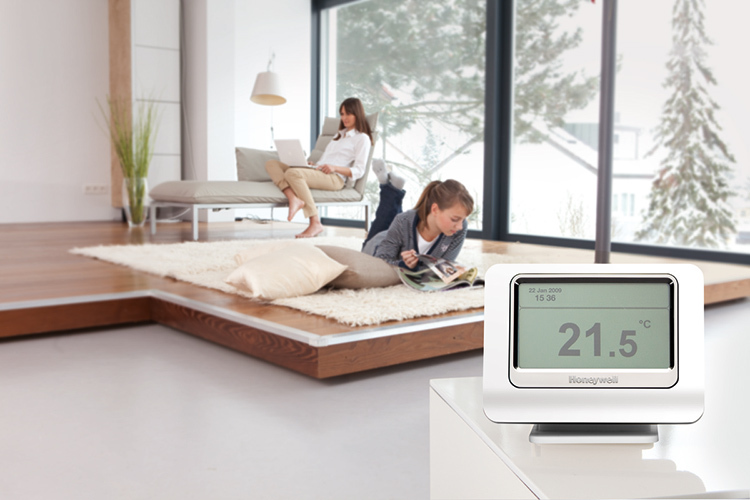
Reducing the negative impact of the external environment
External wall insulation systems help protect them from freezing in winter and overheating in summer. As a result, the negative impact of the external environment on the supporting structures of buildings is excluded: rain, snow, wind. Also, insulation helps prevent the formation of ice due to condensation, and, as a result, protects the finishing layer from destruction.
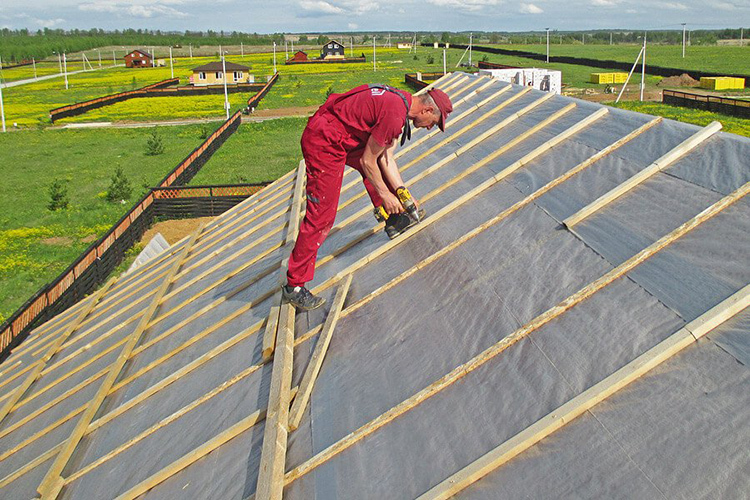
Exterior of the facades
Thanks to modern insulation systems, preparatory work before finishing the walls is minimized. In addition, the material completely hides the surface imperfections inherent in concrete panels, stone or brick. When insulating with polypropylene, it is enough to glue the joints with a reinforcing fiberglass mesh and putty or plaster.
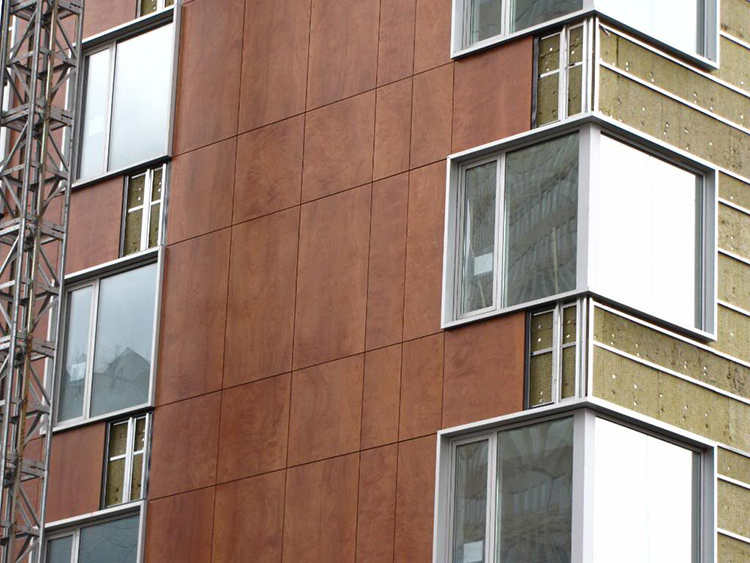
Noise isolation
Most modern heaters have good soundproofing characteristics. External thermal insulation of facades can significantly reduce noise from the street and create a comfortable environment in the house.
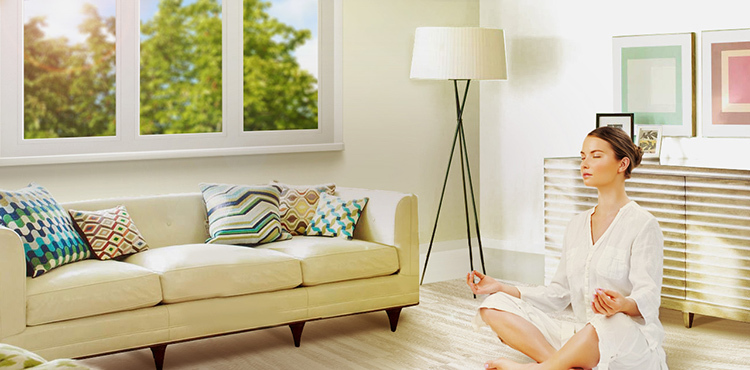
Duration of operation
Relatively recently, the range of thermal insulation materials was small, and the service life was low. However, now the situation has changed dramatically and heaters, even in the middle price category, can last up to 50 years. This means that thermal, noise and waterproofing performance will remain at the original level.
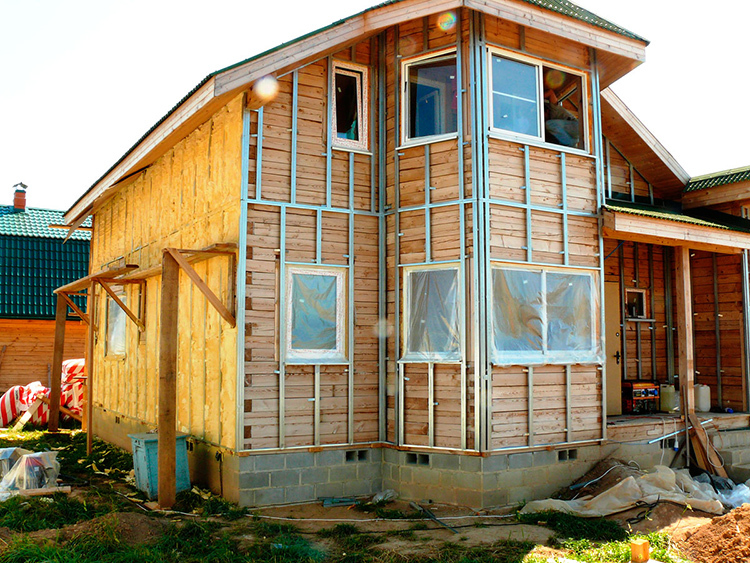
Classification of facade systems by installation method and insulation
The most common and low-cost insulation was mineral wool, which was produced in rolls, which caused inconvenience in installation. It is currently produced in the form of slabs of various thicknesses. However, this insulation is gradually giving way to more innovative thermal insulation materials. Also, new systems of external thermal insulation have been developed: wet and ventilated facades, siding, thermal panels, etc.
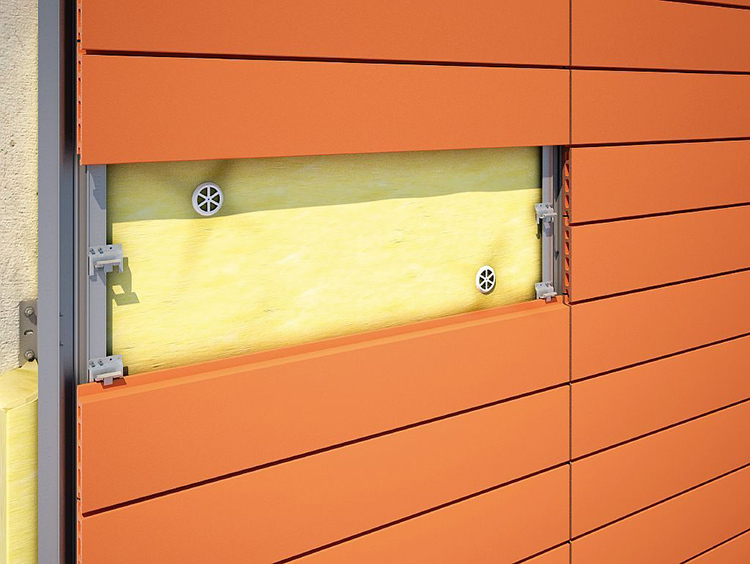
Ventilated or hinged facade
Ventilated facades are mounted to the outside of the walls using a prefabricated frame structure. The principle of such a system of insulation is that air flows with a greater temperature than outside, so that the supporting structure of the building is not exposed to moisture and changes temperatures.
Hinged facade insulation systems have a lot of advantages:
- service life of about 40 years;
- resistance to aggressive environmental influences;
- excellent heat and sound insulation characteristics;
- reduction of heat loss by about 30%;
- high fire safety class;
- easy disassembly and reassembly of the system;
- the ability to install on walls made of various types of material;
- a large selection of design solutions.
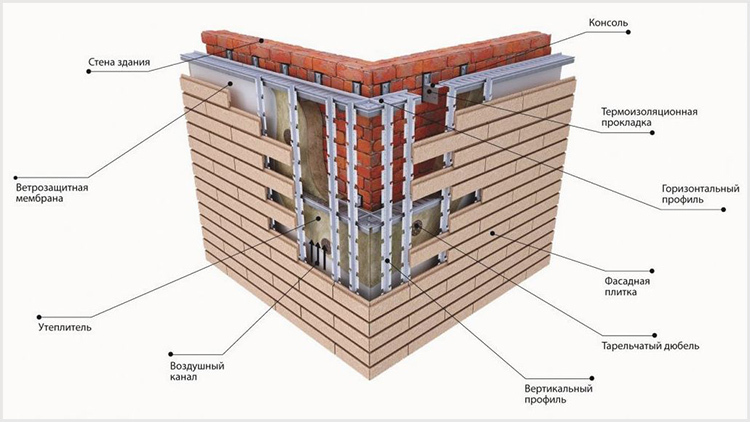
The disadvantage of this insulation system is the high cost of materials and installation work.
The hinged facade insulation system has a wide variety of cladding. These are composite panels, porcelain stoneware, natural granite, fiber cement slabs, metal and glass. Let's take a quick look at them.
The composite panel is a "sandwich" consisting of metal sheets coated with polymeric materials. This cladding is lightweight and resistant to corrosion and UV rays.
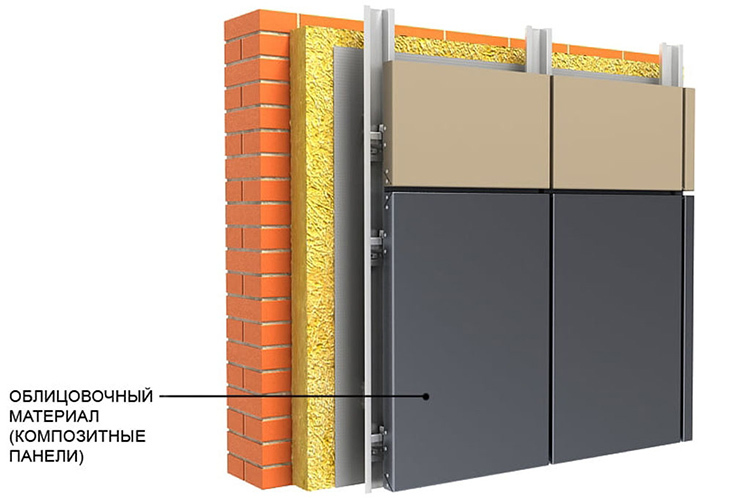
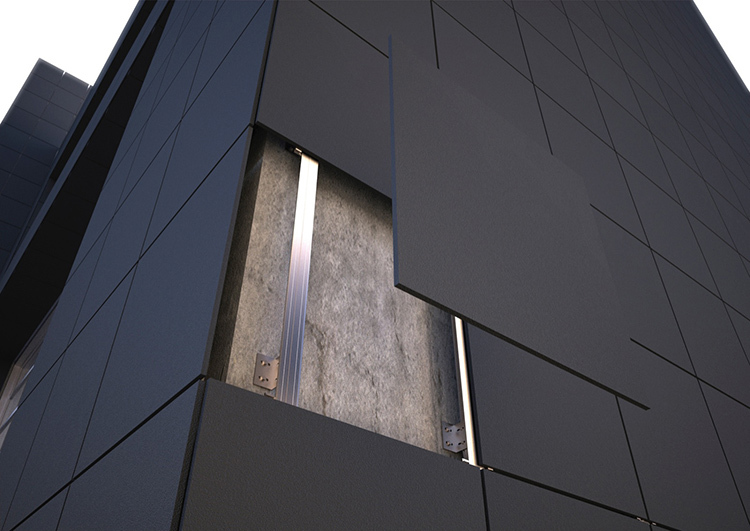
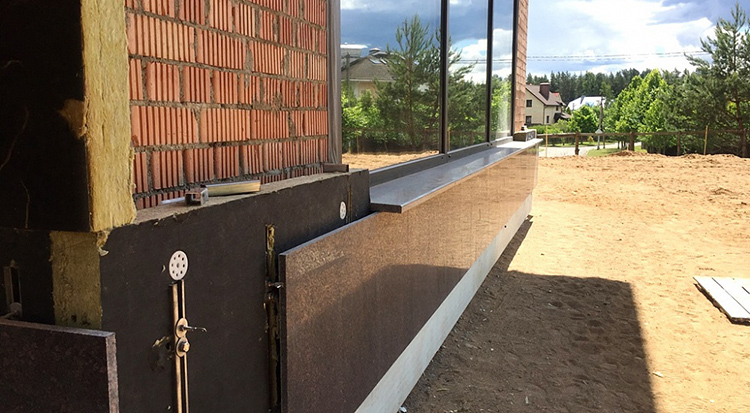
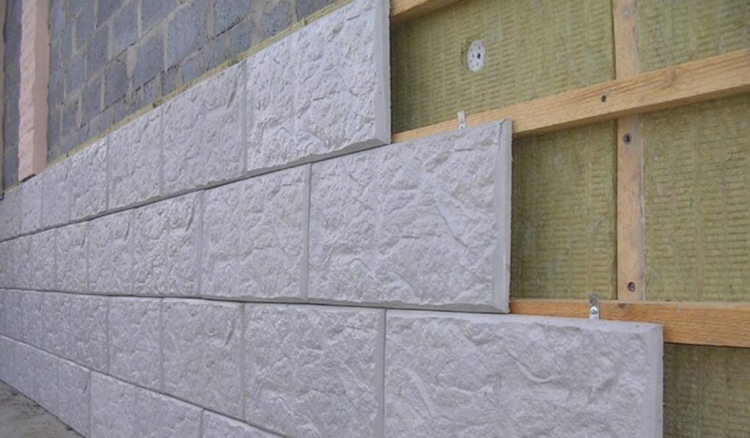
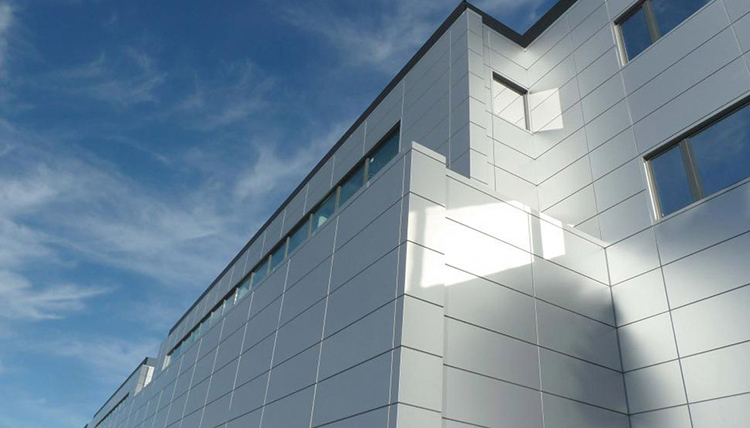

This insulation technology is based on the use of ready-made building mixtures for fixing and facing heat-insulating material. The "wet" insulation system includes:
- load-bearing wall of the building made of any material;
- primer layer;
- adhesive composition;
- insulation;
- starting plaster layer;
- reinforcing fiberglass mesh;
- protective plaster layer;
- decorative layer of plaster;
- finishing.
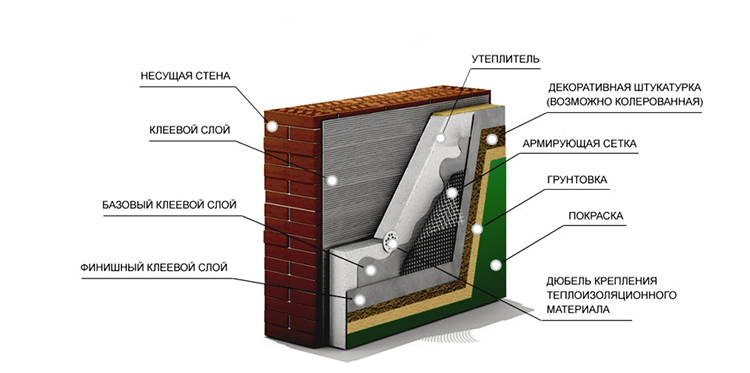
The main advantages of this external insulation system include low cost, long service life, maintainability and beautiful appearance.
Materials and features of "wet" mounting
Installation of external facade insulation systems is performed in one of three ways: organic, mineral or combined. Let's consider them in more detail.
The organic method involves the use of expanded polystyrene foam, polyurethane foam, etc. as a heater, and an organic mass acts as a reinforcing coating. Polystyrene foam is produced in the form of slabs with a perimeter lock to facilitate installation. It retains heat perfectly, does not allow moisture to pass through, is resistant to mechanical stress and is durable. After installation of expanded polystyrene plates, they are plastered and painted, or other types of decorative finishes are used.
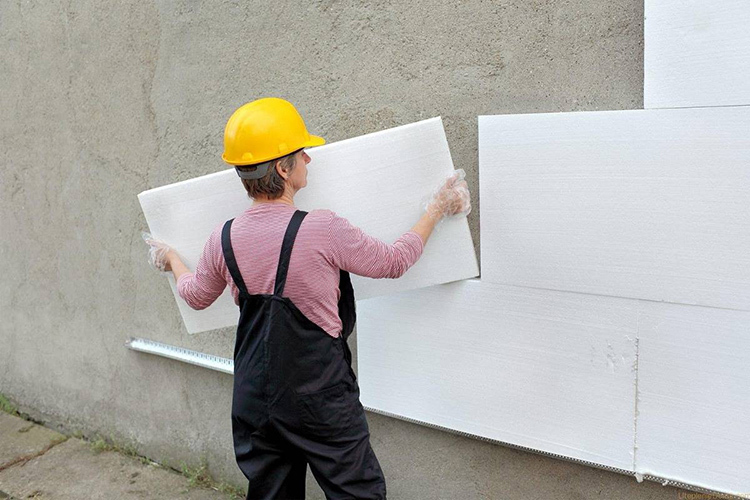
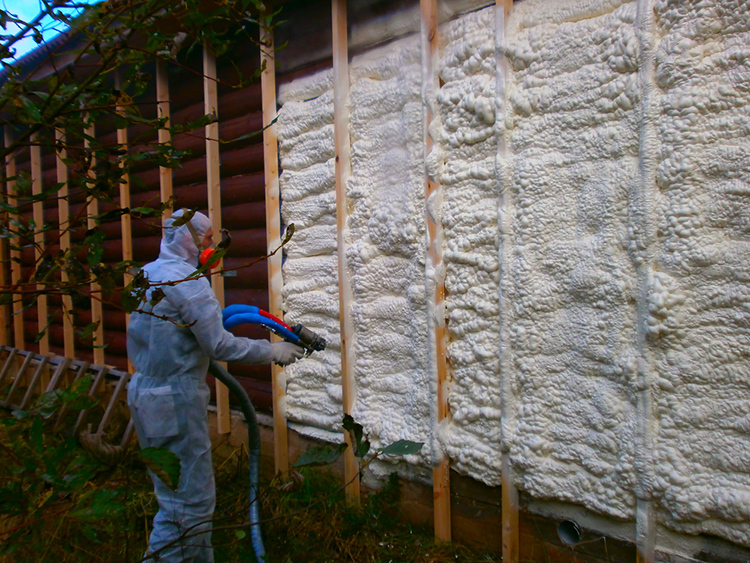
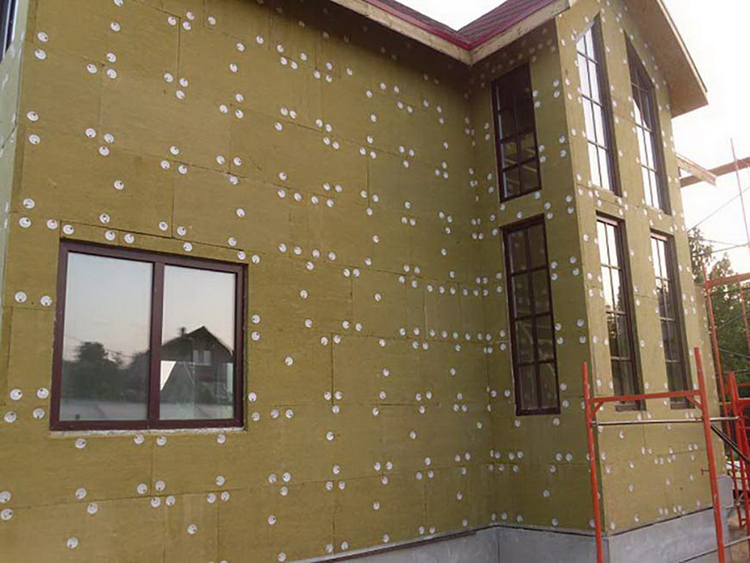
Facade thermal panels and the advantage of using
Facade thermal panels are an excellent solution for external insulation of load-bearing structures of buildings. They are polystyrene foam boards with a decorative and protective coating. It can be marble chips, clinker bricks or slate. Installation of thermal panels is carried out dry without the formation of a ventilation gap.
This system of facade insulation has a lot of advantages, namely:
- ease of installation;
- installation at any time of the year;
- the formation of "cold bridges" is excluded;
- light weight;
- simultaneous thermal insulation and decorative finishing.
The disadvantages include only one thing - the high cost of the system. However, despite this, thermal panels are very popular.
Insulation of houses is necessary - this is indisputable, unless, of course, you live on a tropical island. There are many technologies for thermal insulation. The option of insulation must be chosen for each case individually, because the cost of the material and work, the complexity of installation and the aesthetics of the facade depend on this. We hope that our article will help when you decide to insulate your home. Leave your comments, opinions, remarks and ratings. We will definitely answer you.

